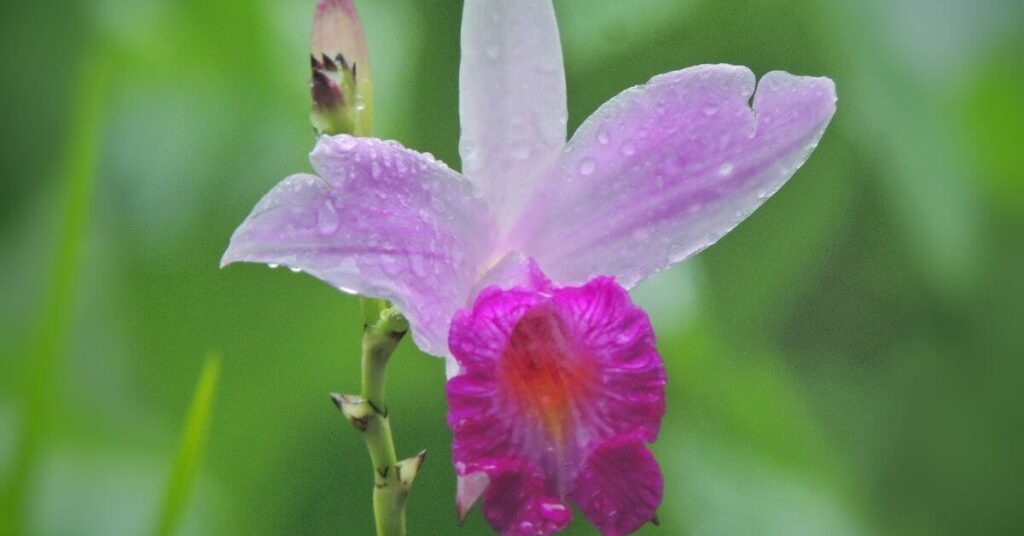Introduction
Chrysanthemums, with their exquisite beauty and symbolic meanings, stand as true gems in the realm of ornamental plants. Originating from the Far East, these enchanting flowers have captured the hearts of gardeners and gardening enthusiasts worldwide. In this article, we will explore the fascinating history, varieties, care, and cultural significance associated with chrysanthemums, delving into the universe of this special plant.
History and Origins of Chrysanthemums
Chrysanthemums (Chrysanthemum spp.) have a rich history dating back centuries. Originating in China, they were first cultivated in the 15th century B.C. Later, in the 8th century A.D., they made their way to Japan, where they became cultural and spiritual symbols. Today, these flowers are also cherished in other parts of the world, including Europe and North America.
The word “chrysanthemum” is derived from Greek, with “chrysos” meaning gold and “anthemon” meaning flower. This nomenclature reflects the variety of vibrant colors that these flowers exhibit, including shades of yellow, pink, red, white, and even purple.
Varieties of Chrysanthemums
Chrysanthemums are known for their diversity in shapes, colors, and sizes. There are several classes of chrysanthemums, each with its unique characteristics. Some of the main categories include:
- Pompom Chrysanthemums: With their small, round flowers, pompom chrysanthemums are adorable and often resemble cotton balls. They are ideal for adding a touch of delicacy to floral arrangements.
- Anemone Chrysanthemums: Characterized by a raised center and petals around it, resembling the shape of an anemone. This variety provides a unique and elegant appearance to gardens.
- Cream Chrysanthemums: Known for their soft and delicate tones, cream chrysanthemums are popular choices for formal events and exquisite decorations.
- Giant Chrysanthemums: With enormous flowers, these chrysanthemums are impressive in size and presence. They are often used as centerpieces in floral arrangements.
- Cutting Chrysanthemums: Designed to last longer after being cut, these chrysanthemums are excellent choices for floral arrangements that aim to maintain their beauty for an extended period.
Care and Cultivation of Chrysanthemums
To fully enjoy the beauty of chrysanthemums, it is crucial to provide them with proper care. Here are some guidelines for successful cultivation:
- Soil: Chrysanthemums thrive in well-drained soil rich in organic matter. Make sure to prepare the soil before planting by adding compost or fertilizer.
- Sunlight: Most varieties of chrysanthemums prefer direct sunlight. Plant them in locations where they receive at least six hours of sunlight per day.
- Watering: Keep the soil consistently moist, avoiding overwatering. Water at the base of the plant to prevent flowers and leaves from getting wet, which can lead to disease development.
- Pruning: Perform regular pruning to stimulate compact growth and flower production. Remove faded flowers to extend the flowering period.
- Protection against Pests: Be vigilant for common pests such as aphids and mites. Regular application of organic pesticides can help maintain plant health.
- Winter Care: Protect chrysanthemums from intense cold, especially during winter months. Use ground covers or mulch to safeguard the roots.
By following these guidelines, you will be on the right path to cultivating healthy and lush chrysanthemums in your garden.
Cultural Meanings and Symbolism of Chrysanthemums
In addition to their stunning beauty, chrysanthemums hold deep cultural meanings in various parts of the world. Some of the symbolism associated with these flowers includes:
- Japan: In Japan, chrysanthemums are an imperial symbol and represent longevity and happiness. The Chrysanthemum Festival, held annually, highlights the significance of this flower in Japanese culture.
- China: In China, chrysanthemums are associated with a tranquil life and rest. They are often used in funeral ceremonies, symbolizing respect for departed loved ones.
- Europe: In Europe, chrysanthemums are considered flowers of mourning and are often used in funeral arrangements. However, in some countries, such as France, they are appreciated for their decorative beauty in gardens and pots.
- North America: In the United States and Canada, chrysanthemums are popular during the fall, often associated with Halloween and Thanksgiving. Their variety of colors makes them versatile choices for seasonal decorations.
Conclusion
Chrysanthemums, with their rich history, stunning varieties, and profound cultural meanings, are truly extraordinary flowers. By incorporating these beautiful ornamental plants into our gardens, we not only add a burst of color but also connect with ancient cultural traditions.
Caring for chrysanthemums can be a rewarding experience, providing aesthetic joy and a connection to the stories these flowers tell over centuries. Whether in Japan, China, Europe, or North America, chrysanthemums continue to play unique and significant roles in diverse cultures, reminding us of the beauty nature offers and the stories it tells.
By planting chrysanthemums in our gardens and homes, we are, in a way, participating in a centuries-old tradition that transcends borders and enriches our lives with their magnificent presence. May these flowers continue to bloom not only in our flower beds but also in our memories, carrying with them the richness of a floral tradition that transcends time and space.






